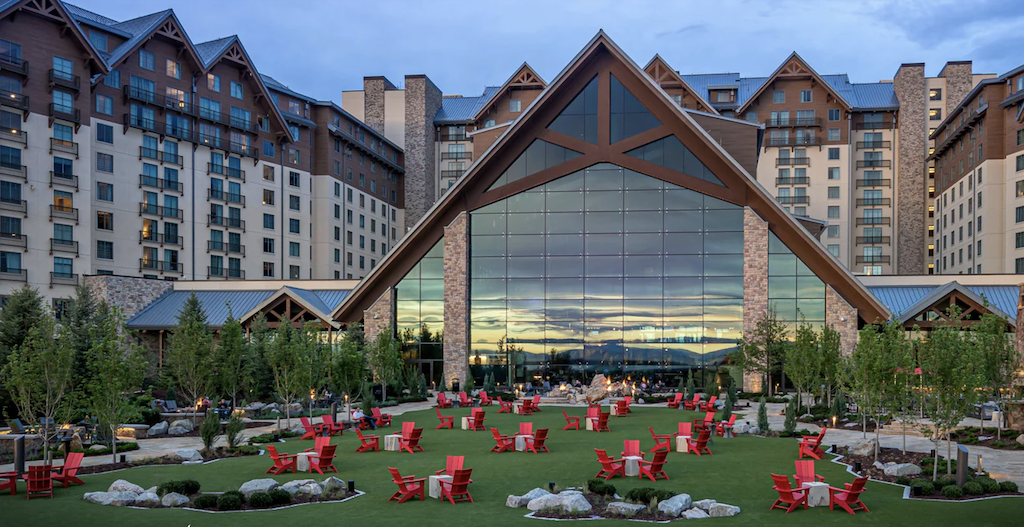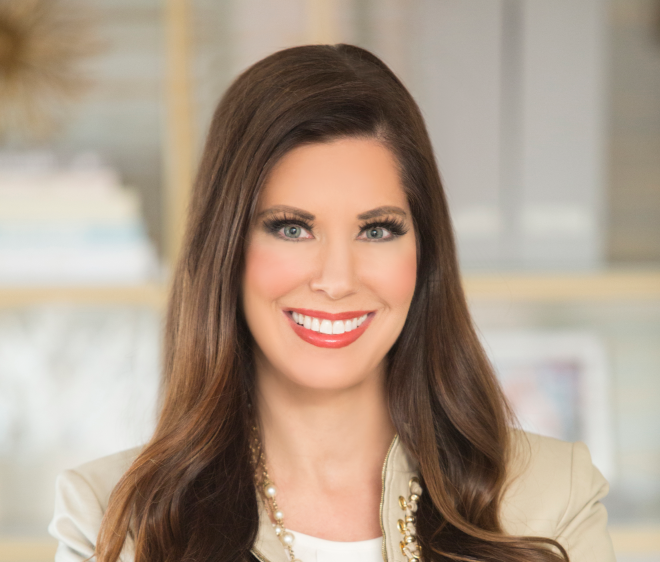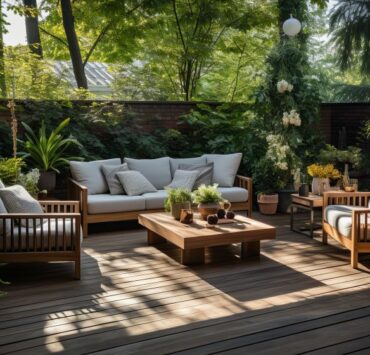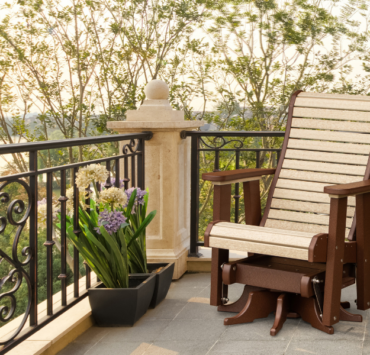Shayla Copas, an interior designer turned lifestyle brand leader, will tell you that the one thing that’s most important about living outside is the connections that are made there.
From her base in Little Rock, Arkansas, Copas has been designing outdoor spaces for the past 20 years — and loves it.
“I love connecting my clients with nature, and I believe that people are happier outside,” says Copas. “Exterior design is just as important as interior and in certain areas of the country is utilized more often.”
One of the main challenges to outdoor design is educating clients about how much well-made outdoor furnishings cost.
“Clients often do not understand the value of these products and need to be informed about their sustainability, durability and the manufacturing processes that ensure that they can withstand the elements,” she says. “These factors contribute to the higher cost, but they make the investment well worth it.”
Copas says that the recent rise in exterior design came about mainly because of the Covid-19 pandemic, which emphasized the need for functional and attractive outdoor spaces because people spent more time at home.
“This shift highlighted the importance of outdoor areas as extensions of indoor living, leading designers to create versatile and comfortable environments,” says Copas. “Additionally, there’s a growing recognition of the health benefits of spending time outdoors, prompting designers to prioritize outdoor spaces that encourage activities like gardening and alfresco dining. Sustainability, technological advancements and the impact on real estate value further drive this trend, making outdoor design a significant focus for designers.”
From her perspective, the relationship between designers and manufacturers is an important one.
“Designers prioritize manufacturers who offer high-quality products, customization options and reliability in meeting project deadlines,” says Copas. “Effective communication and collaboration are essential, along with manufacturers providing support for design concepts and innovative solutions. Sustainability and ethical practices are increasingly important criteria for designers, leading them to seek partnerships with manufacturers committed to eco-friendly materials and fair labor practices.
“Overall, designers value manufacturers that offer a balance of quality, flexibility, communication, innovation and sustainability, forming strong partnerships that contribute to successful project outcomes.”
For their part, manufacturers can contribute to their own success by offering more customization and better lead times, both of which can add cost, but Copas points out that luxury clients are willing to pay because they see the value.
She says that to learn more, designers who are interested in learning more about outdoor products and materials can broaden their knowledge by attending industry events and trade shows focused on outdoor design, participate in continuing education courses tailored to outdoor design principles, and explore online resources and publications dedicated to landscaping and outdoor architecture.
“Additionally, they can engage with manufacturer websites and showrooms to access product information and samples, collaborate with industry professionals such as landscape architects and contractors, and conduct field research through site visits to outdoor spaces,” says Copas. “By utilizing these avenues, designers can stay informed about the latest trends, innovations and best practices in outdoor design, enhancing their ability to create functional and visually appealing outdoor environments for their clients.”
Any advice for those designers who have recently begun to take on exterior design?
“I’d suggest starting with a humble mindset of continuous learning and exploration,” says Copas. “Take the time to familiarize yourself with the unique challenges and opportunities of outdoor spaces, from weather considerations to material durability. Invest in expanding your knowledge through research, networking with experienced professionals and attending relevant workshops or courses. Embrace experimentation and don’t be afraid to seek feedback or guidance when needed. Remember that every project is an opportunity for growth, so approach each new venture with curiosity, enthusiasm and a willingness to adapt and improve along the way.”








